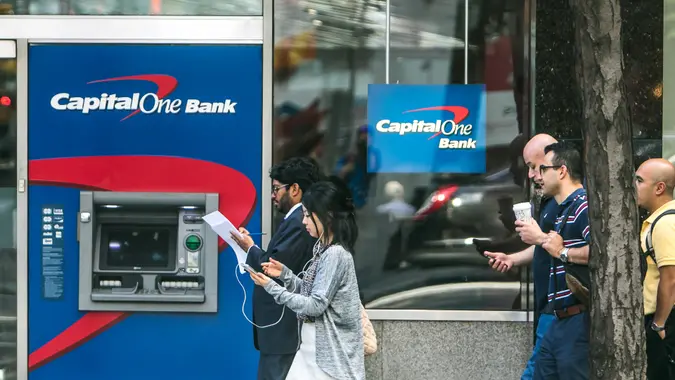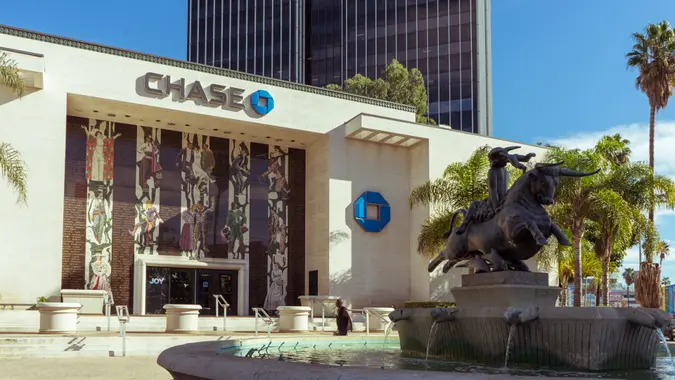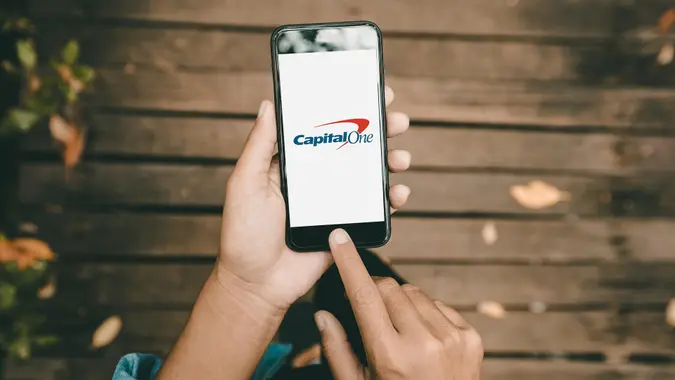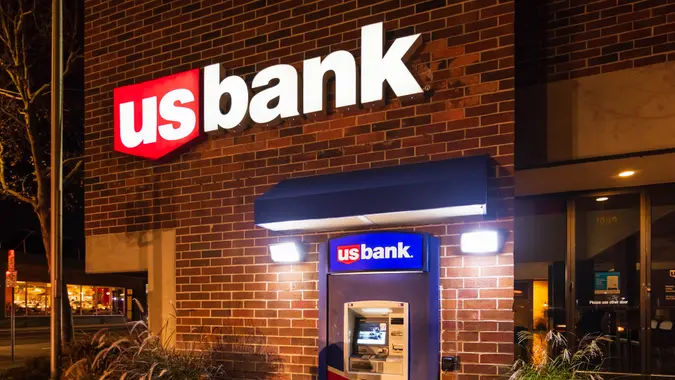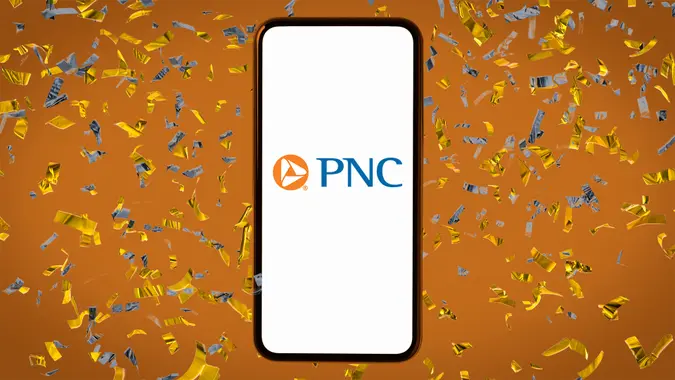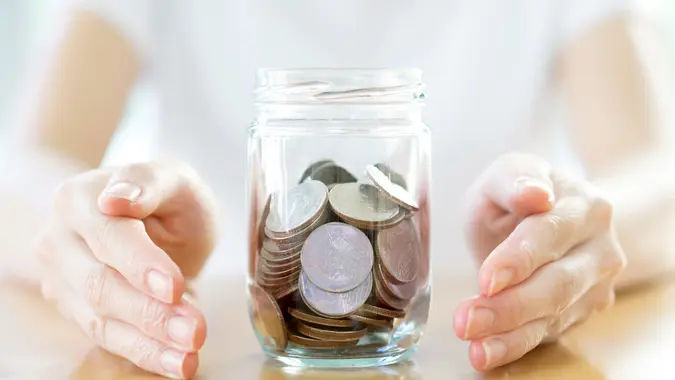The Average American Is Losing $200 a Year by Making This Common Banking Mistake
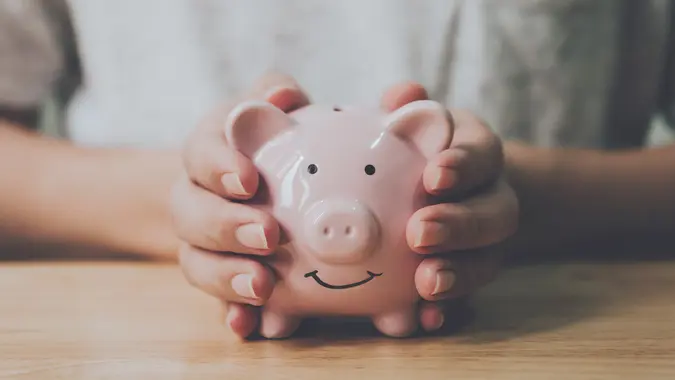
Commitment to Our Readers
GOBankingRates' editorial team is committed to bringing you unbiased reviews and information. We use data-driven methodologies to evaluate financial products and services - our reviews and ratings are not influenced by advertisers. You can read more about our editorial guidelines and our products and services review methodology.

20 Years
Helping You Live Richer

Reviewed
by Experts

Trusted by
Millions of Readers
You might not put too much thought into where you are keeping your money, but choosing your bank accounts poorly could end up being pretty costly.
A recent Santander Bank study found that many Americans are missing out on “free” money by keeping too much money in traditional bank accounts. According to the study, the median American saves about $8,000 in a checking account, which could earn approximately $200 a year in a high-yield savings account. Yet the majority of Americans keep savings in traditional accounts — 69% of Americans are not using a high-yield savings account, money market account or certificate of deposit.
Here’s a closer look at why so many Americans are missing out on hundreds of dollars a year by failing to utilize a high-yield savings account.
Misperceptions About High-Yield Savings Accounts Have Led To Missed Opportunities
One of the biggest reasons Americans are failing to utilize high-yield savings accounts is that they simply aren’t aware of the high rates available.
According to the study, half of Americans don’t realize savings rates are the highest they’ve been in more than 15 years. Rates are likely to drop due to the federal government’s recent interest rate cut, however.
“It’s surprising that more consumers have not taken advantage of higher rates,” said Tim Wennes, CEO of Santander US.
“For younger savers who have come of age during the ultra-low interest rates, it would be expected that they aren’t as familiar with high-interest-rate products,” he continued. “But across the board, there are awareness challenges. In fact, 1 in 5 consumers do not know what rate they are currently earning on their savings.”
There are also common misperceptions about high-yield savings accounts that are preventing Americans from using them. According to the study, 36% of Americans incorrectly think they can’t access money in a high-yield savings account.
“Another reason Americans have not acted is that there is a misperception that it wouldn’t be worthwhile,” Wennes added. “Yet, the typical saver could earn a couple hundred dollars more a year simply by moving money into a high-yield savings account that pays several percentage points more than a traditional savings account.”
Advantages of High-Yield Savings Accounts
High-yield savings accounts offer several advantages over traditional savings and checking accounts.
“A checking account typically doesn’t offer any interest,” Wennes said. “There are high-yield savings accounts available today that can pay as much as 4% to 5% in interest. For the typical saver with $8,000 in a bank account, moving that money to an account that yields 3.5 to 4.5 percentage points more in interest could earn them an extra $280 to $360 per year more than a traditional savings or checking account.”
And these accounts are just as secure as traditional accounts, as long as you are banking with a trusted institution.
“Like a checking account, high-yield savings accounts are FDIC-insured up to $250,000 per depositor, so there is no additional risk — provided your high-yield savings account is offered by or backed by an FDIC-insured institution,” Wennes explained. “It is always important to make sure you know and understand who you are working with.”
Are There Drawbacks To Keeping Money in a High-Yield Savings Account?
There are not necessarily disadvantages to keeping money in a high-yield savings account versus a traditional bank account.
“Accessibility is sometimes considered a drawback, but this is a misperception,” Wennes said. “A high-yield savings account is a good complement to a checking account. In fact, when setting up a digital high-yield savings account, it can be linked directly to a checking account to maintain the convenience of access to cash, while also earning a higher rate.”
One thing that is important to note, however, is that unlike with some other banking products, rates are not locked in and can fluctuate.
“Like any savings account, the interest rate on a high-yield savings account is variable and may go up or down,” Wennes said. “Regardless of where interest rates stand, a high-yield savings account can still offer a rate 10 times higher than the national savings account average.
He continued, “As an alternative, savers may want to consider opening a certificate of deposit to lock in a rate for a designated period of time if they are willing to give up some accessibility.”
More From GOBankingRates
 Written by
Written by 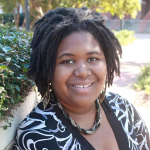 Edited by
Edited by 







